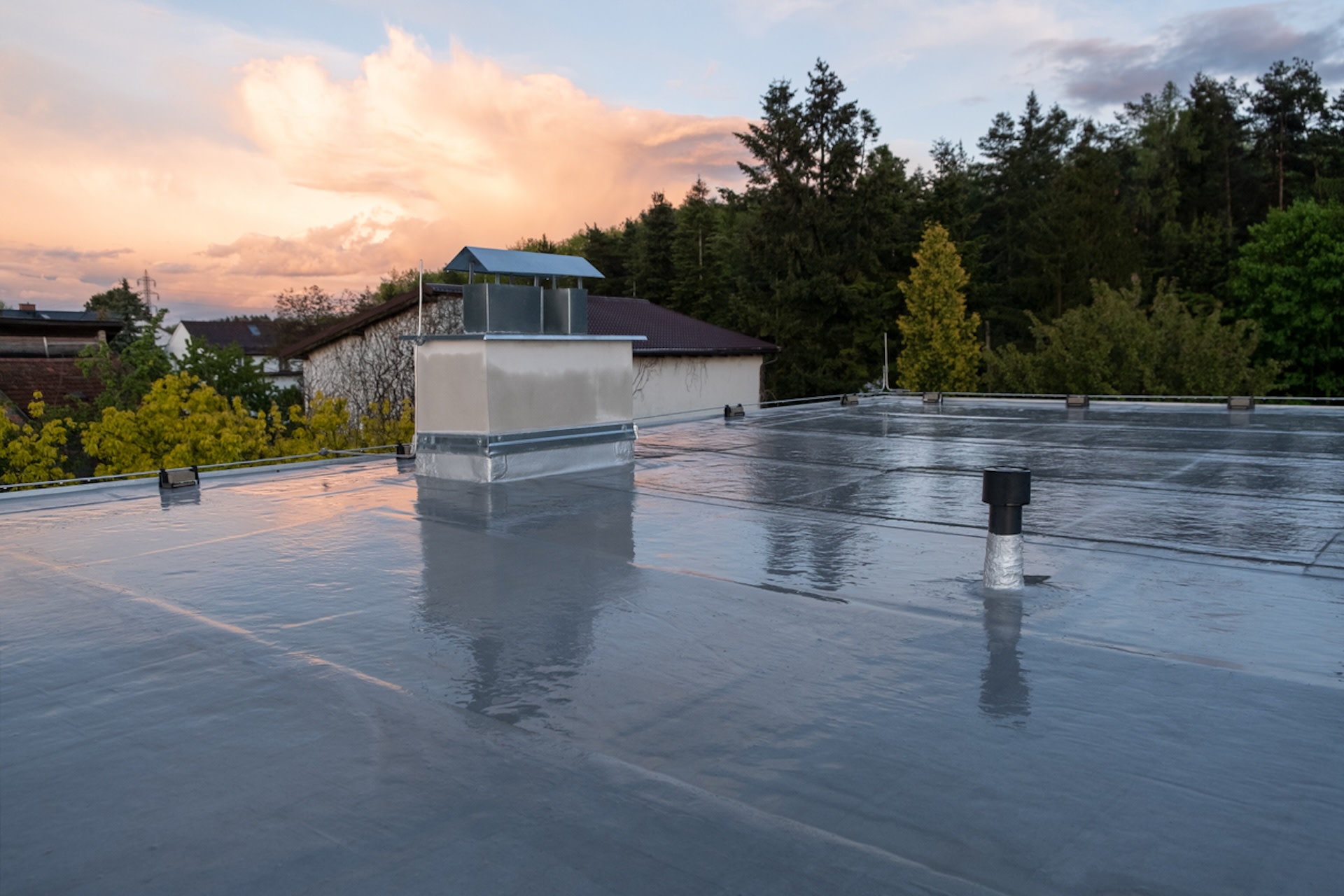
That would be nice.
Doing some math here even an aluminium (if this material is fine) foil 1 nanometer thick (if this thickness is fine) with one tenth the radius of the Earth (1% of the area of the Earth) would require enough almost 3 thousand tons. That’s should be doable with current tech within a few years to a couple of decades even if you need a few times this mass to carry orbit keeping equipment although it would be a huge project unless some lighter material could be used.
But if the foil needed to be any thicker/heavier than this then it might be easier to do with asteroid mining/in space production.
Sounds gimmicky. My understanding is that such a material would be very fragile and can’t handle any significant weight, so I doubt its radiative property would be relevant in practice, which is fine since reflection is a solved problem. Biodegradable insulation is a solved problem, too. Unless its insulative properties are exceptional, I doubt there’s much here.
I’m definitely curious about the self cleaning property, and how easily it is to produce (is the process sustainable, toxic, expensive reagents, etc.) That was the biggest issue with a lot of the previous radiative cooling surfaces. If I have time I’ll try to read into it more.
There was a neat video on how to make your own from readily available material, but not from cellulose, but it had issues with being clean and application onto surfaces. https://m.youtube.com/watch?v=KDRnEm-B3AI&t=1s
Yeah for sure, that’s the most interesting aspect of it cause if the surface gets dusty and stops radiating then you have a problem.
I found a YouTube link in your comment. Here are links to the same video on alternative frontends that protect your privacy:







